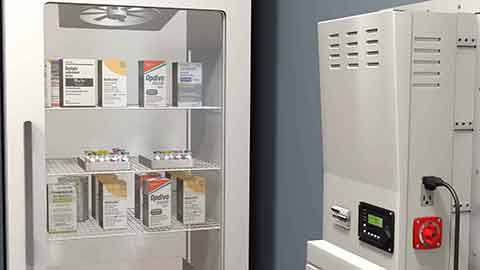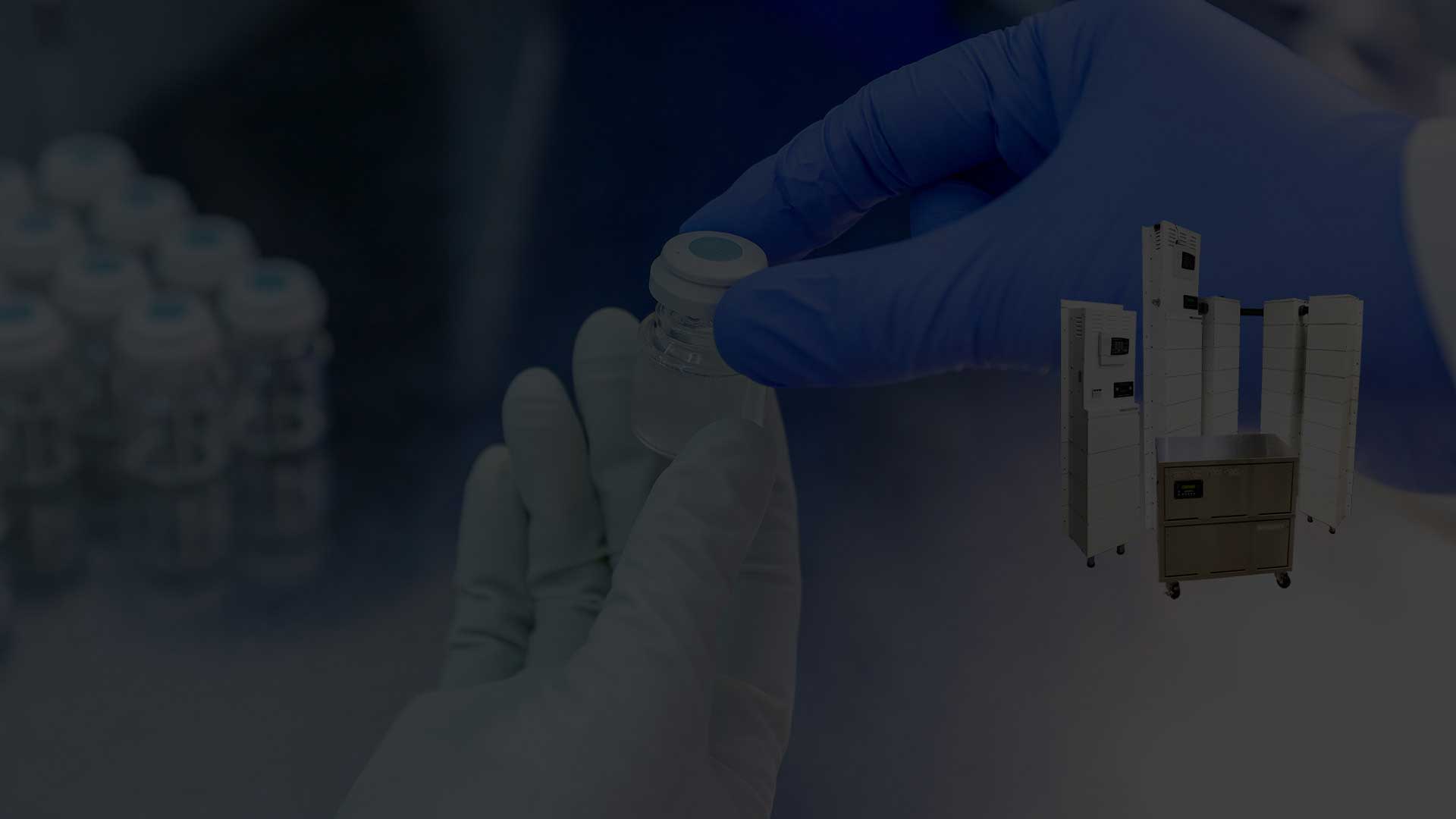NFPA TYPE 1 ESSENTIAL ELECTRICAL SYSTEM DESIGN STANDARDS
All Ambulatory Surgery Centers (ASC) are required to have an emergency backup power system of some sort. The level of risk of the procedures accepted and equipment of the Ambulatory Surgery Center can change the operating room design standards as to whether an NFPA Type 1 Essential Electrical System is required.
What is a Type 1 Essential Electrical System?
The word “essential” sort of speaks for itself, the NFPA distinguishes electrical circuits that have to be powered at all times, and they refer to these as “essential”. Such circuits are required to be separated from the circuits that are not a necessity during a power failure.
The “Type” is classification that is determined by the risk level. There are Type 1, 2 and 3 EES systems, which you can review in greater detail on our NFPA Essential Electrical System Classification Type page. Any care center using critical equipment which a potential power failure could result in loss of human life or serious injuries is required to install a Type 1 Essential Electrical System.
What is involved in a Type 1 Essential Electrical System and how does it work?
A Type 1 Essential Electrical System consists of three Electrical Branches of which each connected to an alternative power source. During a power outage these three branches are to transfer to the alternative power source automatically. These three Branches are divided up as follows:
1) Life Safety
2) Critical
3) Equipment
Each Branch is required to have at least one transfer switch (if the load is over 150KVA more than one transfer switch is required) and have access to the full capacity of the alternative energy source. These Branches supply power to the following:
The Life Safety Branch:
All equipment and devices on the Life Safety branch are to be provided a minimum of 1.5 hours of emergency back-up power an interruption of 10 seconds or less. Equipment that draws from this branch includes:
• A select receptacle at the alternative power source location
• The Emergency Lighting and Fire Exit lights
• Fire Alarms and Auxiliary Alarm Systems
• Task Illumination
Critical Branch
The NFPA does not set any runtimes for the Critical Branch. Specified runtimes are often set out by the underwriting accreditation agencies and a runtime analysis for the “worst case scenario” is expected to be accommodated for. The practicing physician will know what procedures would be at stake and the equipment and time that is needed to complete each of them. The equipment that draws power from the critical branch is as follows:
• Surgical Lighting
• Select Receptacles in the Surgical and Recovery Areas
• Blood, Tissue and Pharmacy Refrigeration
• Gas Monitoring and Controls
• Anesthesia and Waste Gas Equipment
• Critical Equipment such as: Patient Monitors, Cauterizers, Aspirators
Equipment Branch
The Equipment Branch is the least critical Branch. The transfer to the alternative power source for this branch is required to be automatic, but can be delayed to restore power after the Life Safety and Critical Branches have been restored. The following equipment should be allocated to the Equipment Branch:
• Anesthetic Waste Gas Systems
• Central Suction Systems
• Air Controls and Positive Pressure Ventilation Fans.
Is a Type 1 EES really needed in an Ambulatory Surgery Center?
There is no clear answer within NFPA 99, 101, 110 or 111 codes that determines if an ASC needs to be a Type 1 or Type 3 EES. NFPA 110 and 111 codes refer to loss of power to equipment that could result in the “loss of human life or serious injuries”. This could be interpreted as “life supporting equipment” that is used in a critical care unit in a hospital. Much of the Code written for the Type 1 EES appears to be written for hospitals. There is no specific wording within the NFPA codes that define which equipment and procedures require a type 1 EES system.
However if the ASC is practicing on patients who are insured by Medicare or Medicaid then they will need to also conform to the guidelines that are set out by the Center for Medicare and Medicaid Services (CMS). The CMS is a bit more defined in their wording and refers to “general anesthesia or life supporting equipment.” They define Life Support equipment as “electrically powered equipment whose continuous operation is necessary to maintain a patient’s life”(which can be interpreted as an anesthesia system with a ventilator).
There are many other local codes that can vary from one area to another but generally speaking, if the facility is a Medicare approved facility and preforming procedures that are being paid for by Medicare or Medicaid, then the facility would then be expected to install a Type 1 EES system. However there are many office based surgery centers that are using anesthesia and preforming cosmetic and other procedures which generally do not get funded by Medicare, which do not require coming under the CMS guidelines and a Type 3 EES is acceptable.
Our Solution
Medi-Products now provides, a battery backup solution that meet requirements of an NFPA Type 1 EES for a small Ambulatory Surgery Center. To find out more visit our page that describes our Battery Backup for NFPA Type 1 Essential Electrical Systems.


